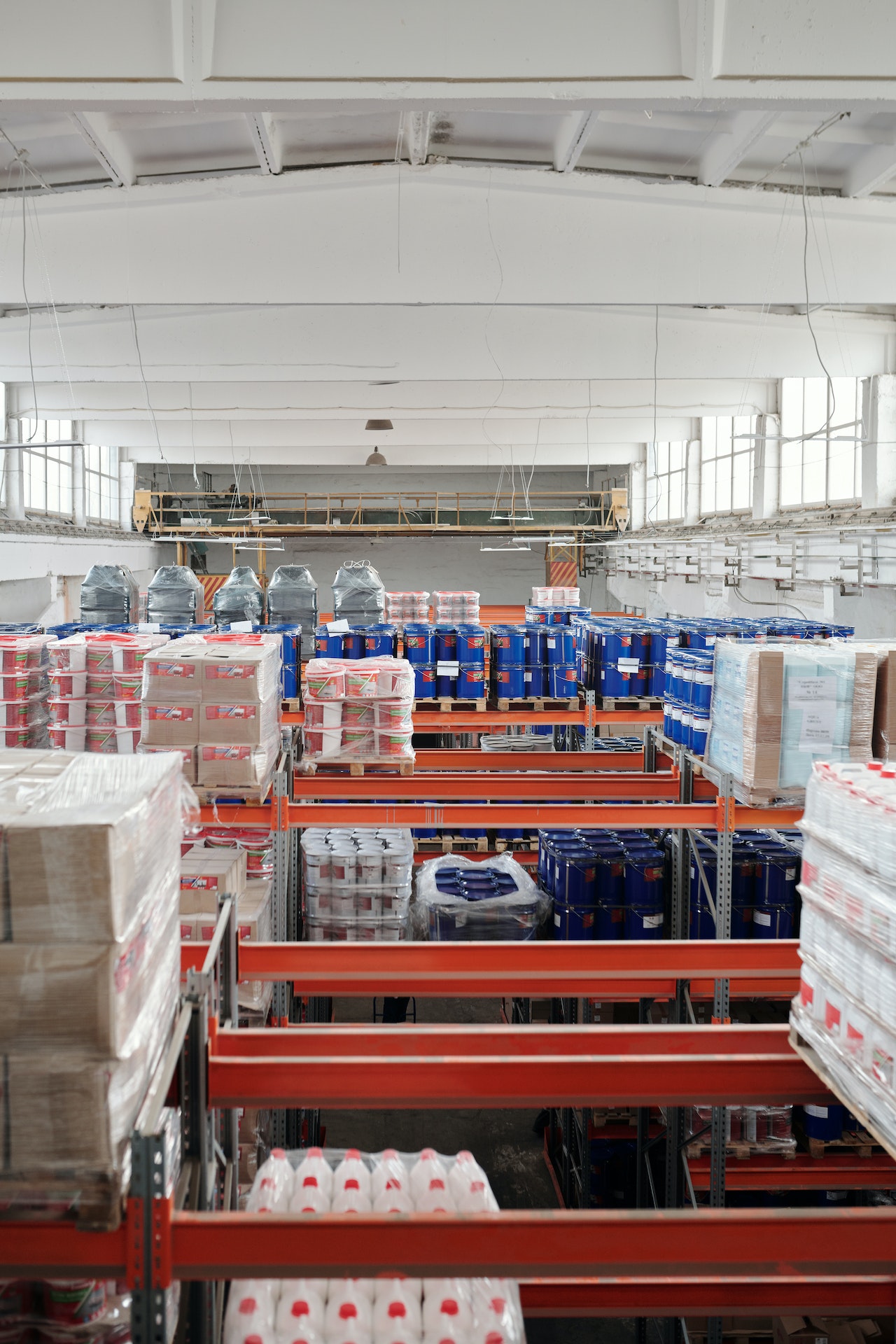Every warehouse, regardless of its size or the nature of goods stored, should prioritize safety and security. These twin pillars ensure the well-being of both the employees and the products.
1. Safety in Layout – Design with Caution: A warehouse isn't just about optimizing space; it's about ensuring a safe environment for operations. Safety starts with the layout. Clear, wide aisles; well-marked zones; and safety signage reduce the risk of accidents. Regular training sessions are also crucial. Employees should be educated about potential hazards, from operating heavy machinery to handling hazardous materials. (Imagine maneuvering through a maze with blindfolds – that's how a poorly designed warehouse feels to its workers. A well-thought-out layout with ample space, clear demarcations, and signage is like a well-lit, signposted path. It minimizes the chance of collisions, missteps, and other accidents. It's not just about drawing lines on the floor but creating a fluid, safe flow for both workers and machinery.)
2. Employee Education – The First Line of Defense: Knowledgeable employees aren't just efficient; they're safer. (Think of a worker as a driver. The more they know about the road, the vehicle, and the rules, the safer the journey. Training sessions are essential pit stops, refreshing their knowledge and equipping them with tools to navigate potential hazards, be it a towering forklift or a container of flammable liquid.)
3. Health First – Beyond Physical Hazards: A warehouse should be a shield against health risks, not a breeding ground. Apart from physical safety, health considerations, especially in today's context, are essential. Proper ventilation, regular sanitation, and in some cases, temperature checks and health protocols can ensure a healthier working environment. (In a world more conscious of health than ever, warehousing can't lag. Like ensuring a home has fresh air, clean surfaces, and a safe environment, warehouses need proper ventilation, sanitation protocols, and health checks. It's about turning a working space into a wellness space.)
4. Security – Guarding the Fort: Protection in warehousing isn't just about walls and locks; it’s about layers of intelligent systems. Security in a warehouse goes beyond preventing theft. While surveillance cameras, alarm systems, and security personnel play a role, so do systems that track product movement, ensuring that goods aren't misplaced or misappropriated. Access control systems, both for personnel and vehicles, can prevent unauthorized access. In more technologically advanced settings, these might be integrated with biometric systems or RFID badges. (Beyond the visible sentinels like cameras and guards, security in warehousing is intricate. Tracking systems, akin to a librarian's catalog, ensure every 'book' or product is accounted for. Access controls act like gatekeepers, deciding who gets in and out. In advanced setups, biometrics or RFID badges elevate this gatekeeping to a more personalized, secure level.)
5. Preparedness – The Safety Net: Because even with the best measures, it's essential to prepare for the worst. Contingency planning is crucial. Whether it’s for natural disasters, fires, or other emergencies, having a plan and regularly practicing it ensures a quicker, more organized response, reducing potential harm. (Every warehouse should have an escape plan, not just on paper but ingrained in its DNA. Whether it’s a fire, flood, or other unforeseen events, preparation isn't just about reaction; it's about resilience. Regular drills and rehearsals turn contingency plans from mere documents into practiced protocols, ensuring everyone knows their role when calamity strikes.)
In summary, warehousing isn't just about storage; it's about safeguarding – both the goods and the people who handle them. It's about creating a fortress that's not just strong but smart, resilient, and ever-prepared for challenges.
